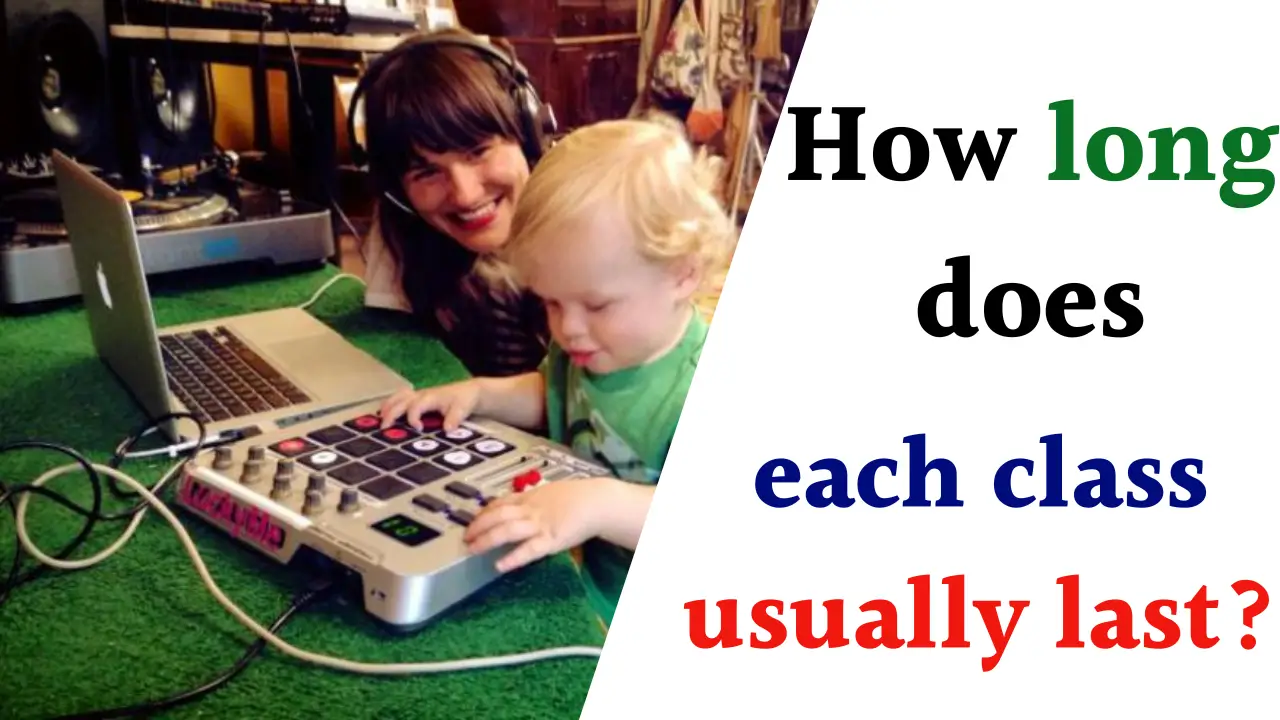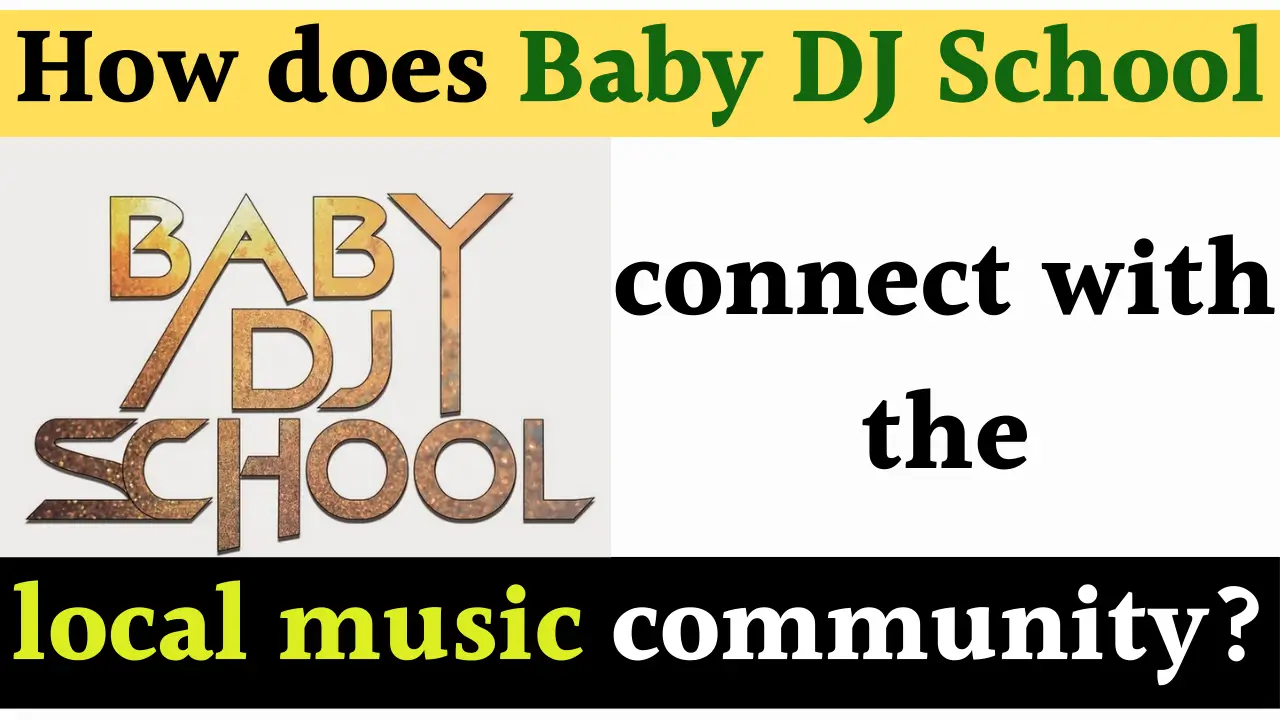Understanding the length of classes is important for students, educators, and parents to manage time, learning expectations, and planning. Class durations vary significantly depending on the educational level, course type, institution, and regional practices. This article explores typical durations of classes across different levels of education, from primary school to college, discusses factors influencing class lengths, and looks into recent findings on ideal class durations for maximizing student focus and learning outcomes.
Typical Class Lengths by Education Level
Primary and Secondary Schools
- Primary school classes usually range from 30 to 60 minutes per session, depending on the subject and grade level. Younger students tend to have shorter periods to accommodate shorter attention spans.
- Secondary school (middle and high schools) classes often last between 50 and 90 minutes, with many schools adopting around 60-75 minutes per class to balance time and content depth.
- Breaks and transition times play a role in scheduling, with many schools incorporating short breaks between classes or extended lunch periods.
Colleges and Universities
- College classes commonly range from 50 minutes to 1.5 hours per session.
- The distribution of class time varies depending on the credit hours associated with the course; for instance:
- Three 1-hour classes per week (often Monday, Wednesday, Friday).
- Two 1.5-hour classes per week (often Tuesday and Thursday).
- One 3-hour class per week, commonly for seminars, labs, or studio sessions.
- College classes are typically less frequent per week than high school but longer per session.
Factors Influencing Class Duration
- Credit Units and Course Requirements: In colleges, the credit hour system governs the total amount of in-class time per week, with one credit often equating to at least 50 minutes of class time weekly.
- Subject Matter: Labs and hands-on courses tend to have longer sessions to accommodate practical work. Seminars might meet less frequently but for extended periods.
- Student Attention Span: Research indicates that traditional class lengths often exceed the natural attention span of students, which is around 10-25 minutes for sustained focus. This leads to multiple attention resets during long lectures.
- Preparation and Quality: Longer classes require more lesson preparation from teachers and may lead to inefficient filler content, impacting the quality of instruction.
Ideal and Research-Based Class Lengths
Studies suggest that shorter class periods (around 30 minutes) may be closer to the ideal length for maintaining student focus and engagement. Longer classes often see a decline in attention after the first 20-25 minutes, necessitating breaks or variations in teaching methods within the session.
Disadvantages of Longer Class Periods
- Loss of sustained student focus
- Increased lesson preparation demands on teachers
- Potential for lesson “fluff” and reduced quality in teaching
- Less time for administrative tasks within the school schedule
Benefits of Shorter Class Periods
- Better retention and engagement from students
- Easier for teachers to plan focused lessons
- More frequent opportunities for varied activities and breaks
Summary Table of Typical Class Durations
| Education Level | Typical Class Duration | Notes |
|---|---|---|
| Primary School | 30 – 60 minutes | Shorter for younger students |
| Secondary School | 50 – 90 minutes | Usually 60-75 minutes, includes breaks |
| College Lectures | 50 – 60 minutes | Often meet 3 times per week |
| College Seminars/Labs | 90 – 180 minutes | Longer, less frequent sessions |
How This Affects Study Habits and Scheduling
- Students in college often spend 2-3 hours studying outside class for every hour of class time.
- Understanding class length helps students manage time effectively, balancing study, work, and extracurricular commitments.
- Teachers and institutions are increasingly aware of the need to optimize class lengths to enhance learning efficiency.
Recent Trends and Updates
- There is a trend toward modular courses, especially online, where sessions are broken into shorter, more focused lessons often lasting between 5 to 20 minutes.
- Students show increasing preference for shorter, more intensive courses rather than longer, comprehensive ones.
- Some educational institutions experiment with “compressed” semesters or sessions (e.g., 6-week courses) that maintain or enhance academic outcomes despite shorter total durations.
- Attention to cognitive science and learning optimization has encouraged educators to reconsider traditional class lengths and formats to maximize retention and engagement.
Bullet Points Summary
- Class lengths vary widely by education level and course type.
- Primary schools favor shorter classes; college classes tend to be longer.
- The college credit system largely determines class durations.
- Student attention spans often do not align with traditional longer classes.
- Studies advocate shorter, varied sessions for better engagement.
- Modern education trends focus on modular, shorter learning blocks.
- Effective time management by students is crucial, especially in higher education.
In conclusion, the length of each class depends greatly on education level, institution, subject, and teaching goals. Typical elementary classes are shorter to suit younger learners, while college classes require more extended periods for in-depth study. Recent insights highlight the benefits of shorter classes for maintaining attention and improving learning quality. Balancing these factors helps create effective educational experiences tailored to diverse learning needs.














